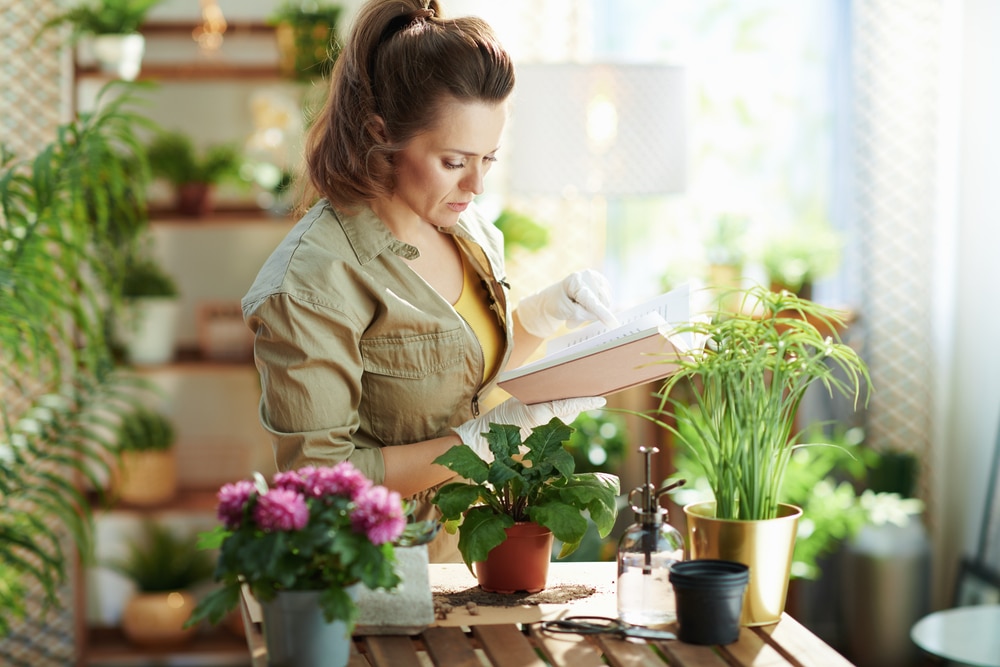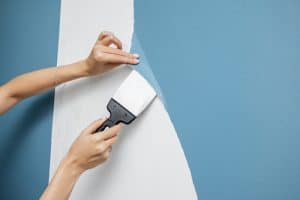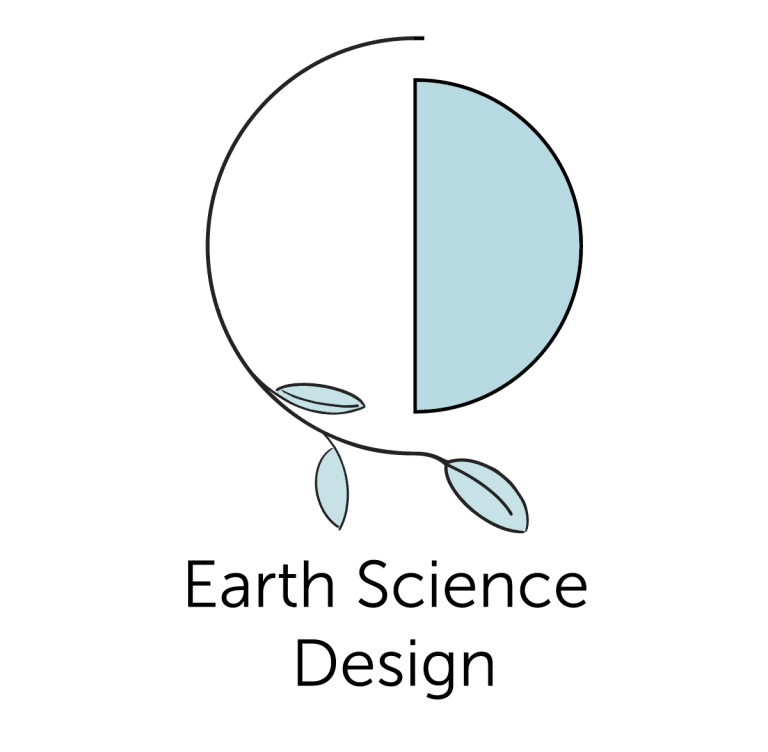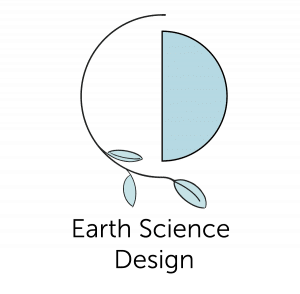
9 Toxic Furnishings and Products to Remove From Your Home
There’s no getting away from the fact that we live in a world of polluting and toxic industrial practices. Unfortunately, this means that many toxic substances and materials hide out in our homes. Common materials people have in their homes have been revealed over time to have health impacts: from toxic insulation (like asbestos), to lead paint, to recent discoveries about the health and fertility dangers of microplastics. Your home could be due a detox if:
- You live in an older home
- You built and decorated your own home without being informed about the materials you were using
- You bought home furnishings, paint and bed-linens from big box stores
Products and Materials to Avoid
So many of the toxic products and materials we need to avoid are things we use every day. A complete list of the items that can be toxic would exhaustive, but here are some of the most common culprits that hide out in the home:
-
Many carpets and carpet pads.
Dyes used in carpets, flame retardants in carpet pads, and the rubber in carpet pads are all toxic. Synthetic rubber can have endocrine disrupting properties and formaldehyde, a probable carcinogen, is used in the adhesives in carpets.
-
Non-stick cookware.
Over-heated Teflon is known to cause “polymer fume flu” and perhaps even lung damage. The perfluorooctanoic acid in Teflon, known as PFOAs, are endocrine disruptors and in some cases may be linked to cancers. Teflon was phased out of manufacturing in the US in 2015 but people may still possess old non-stick pans or pans bought from other countries.
-
Chemically treated bedding and home furnishings.
Beddings and home furnishings from big box stores are very often treated with chemicals. Formaldehyde is often present in fire retardants and in home furnishing production in general.
-
Air fresheners and artificially scented products.
If you have an air freshener in the home, the best advice is to remove it immediately. Air fresheners release a plethora of toxic, cancer-causing and endocrine disrupting chemicals, and what’s more, they can interact with other chemical products in the home to release even more chemical compounds that have unknown health impacts.
-
Plastics.
Plastics are one of the materials we rely on for our every day needs, but people are becoming aware of the dangers of plastics for human health. Plastics are endocrine disruptors that can cause problems with child development and fertility. They can even lead to cancer. Plastics are made of thousands of chemicals whose effects are unknown. Heating plastics, like putting plastic bottles in the dishwasher, leads to more chemicals leaching out, which causes yet more damage to health.
-
Toxic home cleaning products
Home cleaning products can contain irritants, toxins and poisons. Inhaling them can be toxic and they can be especially dangerous for pets and children.
-
Natural Gas Stoves
Not only do they release greenhouse gases that are bad for the environment, they have also been found to unleash unsafe levels of nitrogen dioxide that can cause lifelong asthma. Several California cities have banned gas stoves in new buildings because of their effects on the environment and human health.
-
Toxic building materials and insulation that can release harmful chemicals.
Although asbestos is no longer used in homes, formaldehyde is used as a binding agent in fiberglass insulation. Spray foam insulation is particularly toxic during the installation and off-gassing period. It can also break down over time, and when removed from a substrate like wood, it can create toxic dust that can be very dangerous to health and cause sensitivity and lung damage. In some cases building materials can decay to release harmful radon gas.
-
Paints.
Most paints are made with solvents that release VOCs (volatile organic compounds) as the paint dries. These can cause damage to the nervous system, liver and kidneys. Choose “No Voc” or “Low Voc” paints in your home that won’t release harmful chemicals.
Non-Toxic Interior Design Solutions
 Once you’ve identified the materials in your home that can harm your health and the environment, you are now ready to begin implementing non-toxic interior design solutions that can help you create a more beautiful and healthy interior space.
Once you’ve identified the materials in your home that can harm your health and the environment, you are now ready to begin implementing non-toxic interior design solutions that can help you create a more beautiful and healthy interior space.
Non-toxic interior design and green interior design principles see no conflict between beauty, utility and compassion for all life. One of the challenges of re-fitting your home according to conscious interior design principles is knowing where to source materials that can replace the old toxic ones in your home.
At Earth Science Design, our non-toxic interior design consultants not only help you to identify the materials in your home that may be harming your health, we are also connected to a network of suppliers who use non-toxic and environmentally conscious materials and methods. If you are attempting decoration jobs or installation jobs, we can connect you to professionals who have developed the skills to work with these materials.
A non-toxic interior design overhaul doesn’t have to suck up hours of your own research. With over 10 years of research into green, conscious, non-violent design, our knowledge is at our clients’ disposal. A consultation is followed by a plan that is tailored to the needs of the individual and the potential of each space. Please note that our non-toxic materials are also non-violent and we only source materials that are also produced without harm to living, sentient creatures. We are available in person or remotely depending on your location and convenience. We have offices in San Diego, CA, Brooklyn, NYC and Paris, France or we can meet with you remotely from anywhere else around the world. Please contact us to learn more about our non-toxic interior design services.

